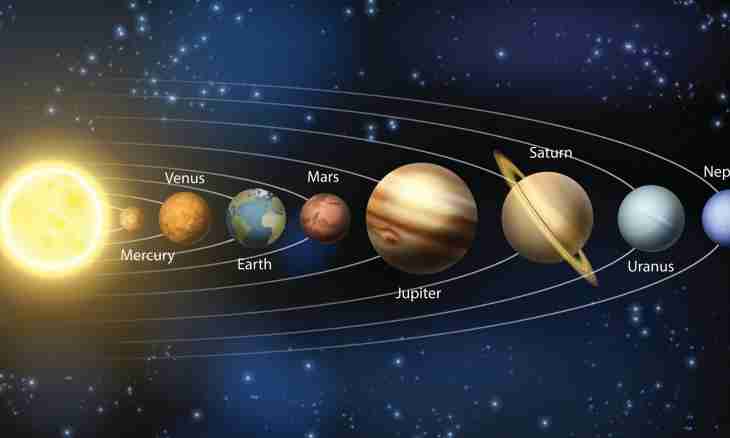Total number of the planets known to science today, is about 2000, from them 8 planets are in the Solar system. Powerful additive to the number of the known planets was made by the Kepler telescope.
Latest discoveries of planets
Search and opening of new planets out of the Solar system scienceof was engaged relatively recently, about 20 years ago.
The latest discoveries were made in 2014 when the command of the Kepler telescope managed to find 715 new planets. These planets rotate around 305 stars, and on structure of orbits remind the Solar system.
The extent of the majority of these planets the Neptune is less than the sizes of planet. The team of researchers led by Jack Lissauer analyzed stars around which more than one planet rotated. Each of potential planets was noticed in 2009-2011. At this particular time 961 more planets were discovered. When checking planets the equipment known as multiple check was used.
New methods of check of planets
In the first years of work of scientists on search of planets outside the Solar system their status was detected as a result of studying one planet for another. Later there was an equipment allowing to check several celestial bodies at the same time. This equipment reveals existence of planets in systems where around one star several planets rotate. The planets which are outside the Solar system are called exoplanets. When opening exoplanets there are strict rules of their name. New names receive by addition of a small letter to the name of a star around which the planet rotates. At the same time a certain order is observed. The name of the first discovered planet includes the name of a star and letter b, and the following planets will be called similarly, but in alphabetical order.
For example, in the 55 Cancers system the first planet "55 Cancers of b" was open in 1996. In 2002 2 more planets which were called "55 Cancers with" and "55 Cancers of d" were discovered.
Opening of planets of the Solar system
Such planets of the Solar system as Mercury, Venus, Mars, Jupiter and Saturn, were known in antiquity. Ancient Greeks called these celestial bodies of "planet" that meant "wandering". These planets are visible in the sky with the naked eye. Together with the invention of the telescope were discovered Uranium, the Neptune and Pluto. Uranium was recognized as the planet in 1781 the English astronomer William Gershel. Before he was considered as a star. The Neptune was found mathematically long before it was open by means of the telescope in 1846. The German astronomer Johann Gallet used mathematical calculations before the Neptune by means of the telescope could find.
Names of planets of the Solar system come from names of gods of ancient myths. For example, Mercury is Roman god of trade, the Neptune – god of the underwater kingdom, Venus is the goddess of love and beauty, Mars – the god of war, Uranium represented the sky.
The science knew of existence of Pluto in 1930. When Pluto was discovered, scientists began to consider that in the Solar system of 9 planets. In the late nineties the 20th centuries in the world of science there were many disputes over an occasion of whether Pluto is the planet. In 2006 was decided to consider Pluto the planet dwarf, and this decision caused many disagreements. Then the number of planets which rotate around the Sun was officially reduced to eight. But a question of that how many planets in the Solar system, are solved not up to the end.

